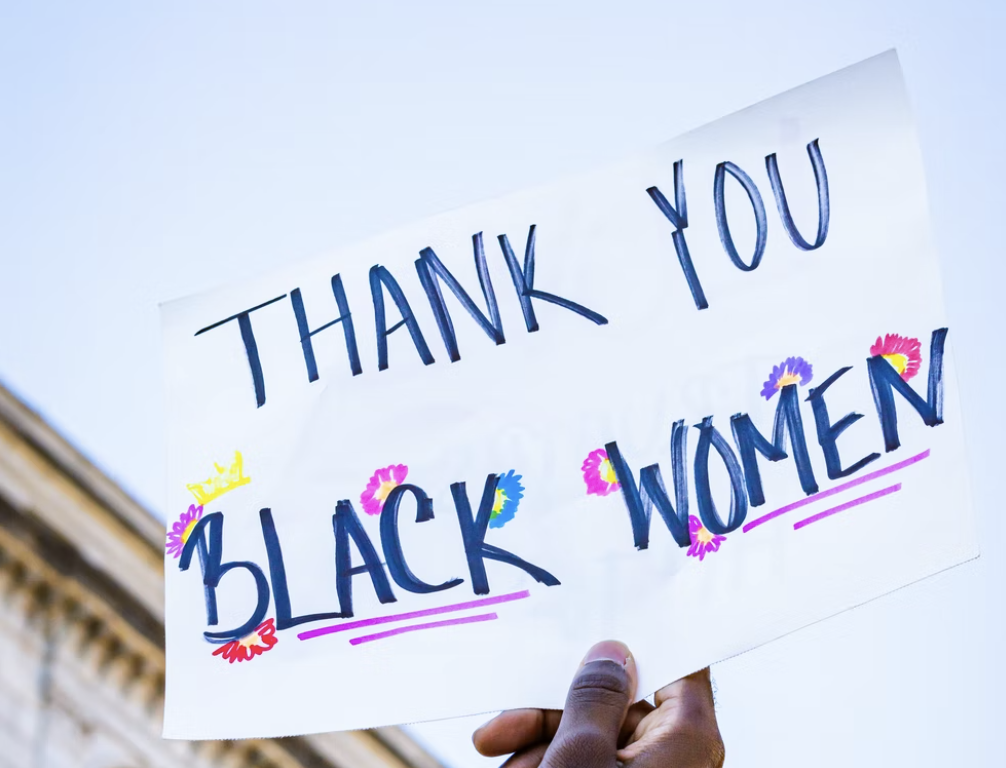Whether you were the last one picked on the playground or a friend left you off the invitation list, we’ve all had moments when we’ve felt on the outside looking in. But what happens when that exclusion is institutionally and culturally reinforced? That’s when it becomes something more damaging: marginalization.
What is Marginalization?
A marginalization is a systemic group of actions that a majority group takes to push another group to the side. It starts early and is passed down through families and friends into adulthood.
The actions may be embedded so firmly in a culture that individuals in the majority aren’t aware of them. They may also be an accepted, conscious practice, such as exclusive language or policies.
Marginalization is the elephant in the room — only sometimes the elephant is invisible. Other times, it’s right in your face, begging for peanuts. It can be a moving target, but in the end, it’s goal is simple: keep certain groups on the fringe.
Historically, the most visibly marginalized groups include women and people of color, but that list has expanded to include:
- Members of the LGBTQ+ community
- Single parents
- Seniors
- Returning citizens
- Refugees
- People with disabilities
The three main types of marginalization are:
- Social marginalization: restricted access to clubs, organizations, stores, and services
- Economic marginalization: denial of gainful employment and educational opportunities
- Political marginalization: Limited or less powerful representation in the democratic process
These types rarely occur in a vacuum, and more than one is usually at play at any time, which makes them even more complicated to untangle.
Marginalization in the Workplace
Researchers define marginalization in the workplace as “individuals left out of meaningful participation in group processes and activities even though [they are] a formal member of the group.” It’s particularly problematic because it includes both social and economic aspects of marginalization. In the workplace, marginalization may include:
- Excluding employees from an email, Slack channel, or meeting invite
- Talking over people in group settings
- Not accommodating a worker’s religious or cultural needs
- Using language that is derogatory — even when followed by “just kidding”
- Making assumptions about behavior based on stereotypes
- Denying access to opportunities
- Writing off accomplishments as being given, not earned
- Horrible bosses that drive away talent
Marginalization in Housing
Marginalization in housing has been a hot topic lately as practices like redlining come under renewed scrutiny. In major cities across the country, banks systematically limit investment in areas that are deemed hazardous, circling them in red. Unsurprisingly, racial and ethnic minorities typically inhabit those neighborhoods. Housing marginalization may also include:
- Rejecting loan applications
- Appraising houses at a lower rate
- Denying credit or insurance
- Having difficulty selling a house
- Refusing to accept certain clients or show houses in certain neighborhoods
Before hiring a Realtor, it’s important for marginalized individuals to ask their agent questions to make sure they’ll receive equal treatment. If your plan involves selling a house after one year, you’ll need a Realtor who will work with you to maximize your profits.
Marginalizing practices have caused disparities in wealth and perpetuated discrimination across all aspects of life. Real estate trends in 2022 seem to be moving away from marginalization, but for many people, it’s still a reality.
Barriers Marginalized Groups Face
Although marginalized groups each face specific challenges, there are some common barriers to inclusion that they share. These barriers can be systemically erected to protect the majority group’s control and to limit the advancement of “people on the outside.”
Limited Access to Resources
Marginalized groups are often denied access to what most people would consider basic rights: food and clean water, as well as equal educational and cultural resources. Limited resources also include slow or nonexistent internet and devices to access it.
Cultural Bias
This bias restricts opportunity based on characteristics such as race, sex, gender, and more. It is generally deeply ingrained and often operates on an unconscious level that impacts everyday life.
Past Mental and Physical Trauma
Groups fleeing traumatic situations or groups with a history of generational trauma need trauma-informed care that is sometimes denied or inadequate.
Lack of Financial Stability
Marginalized groups maybe just are one disaster away from eviction. The inability to create financial success — including a cushion to pay for unexpected expenses — is one key factor that prevents them from achieving their goals.
Legal Challenges
Refugees and returning citizens, in particular, face legal challenges that seem designed to keep them on the fringe. This may include restitution payments, limited employment opportunities, and no voting rights.
Why Ending Marginalization Matters
Ending marginalization means taking intentional steps to change the culture and embrace a variety of perspectives. It’s not simple, but being more inclusive also has benefits for businesses, including various tax breaks that can impact a company’s bottom line.
Better Performance
Companies that actively cultivate meaningful racial and gender diversity with support structures designed to address systemic marginalization have a healthier fiscal outlook than those that take a “business-as-usual” approach. Including diverse perspectives that better reflect the lived experiences of their employees and customers makes a company more desirable and helps pull out the best in everyone.
A Wider, Deeper Talent Pool
Millennials and Generation Z look for companies with a demonstrated commitment to tapping and retaining a diverse staff.
Stronger Social Ties
Meaningful, lucrative employment that provides financial stability strengthens ties to a community for both marginalized groups and those in the majority. It helps employees find common ground and set common goals for everyone’s benefit.

